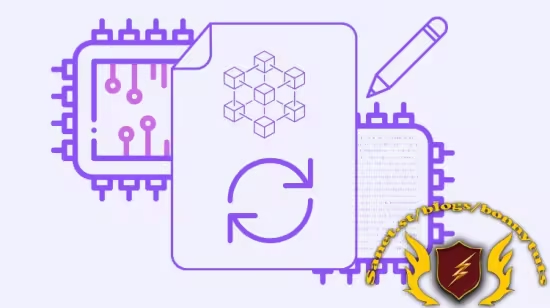
Published 7/2025
Created by Maryam del Mar Correa Gómez
MP4 | Video: h264, 1280×720 | Audio: AAC, 44.1 KHz, 2 Ch
Level: Beginner | Genre: eLearning | Language: English + subtitle | Duration: 47 Lectures ( 5h 12m ) | Size: 2.4 GB
Zynq FPGA
What you’ll learn
Clarity about the digital architecture proposed by AMD for baremetal application development
Clearly distinguish the elements that make up AMD’s proposed PL‑PS system
Understand the steps involved in the Zynq SoC bootloader execution process
Acquire a basic understanding of AXI‑4 interface interconnections
Use Vivado and Vitis to develop baremetal programming projects
Understand how to navigate the standalone peripheral‑driver documentation
Know how to create block designs manually and understand Vivado’s automatic connection features
Correctly use pointers to peripheral‑instance structures
Understand how to profile any function with execution times of 1 microsecond or longer
Understand how to initialize driver instances
Use the graphical debug mode and gain an initial introduction to command‑line debugging using the XSDB tool
Work with various GPIO I/O types: buttons, switches, LEDs, RGB LEDs, and header pins
Use the default and automatic sequencer modes of operation from the XADC peripheral
Perform data acquisition using the XADC, the DMA, and external DDR3 RAM
Use the I2C protocol via the IicPs driver
Foundations of the SoC’s interrupts, timers, watchdogs and resets
Add a baremetal application to the FSBL bootloader, to create a boot image stored in Flash memory
Requirements
Having a board that has the AMD Zynq-7000 SoC, like: Digilent Arty Z7, Pynq Z1, Zybo, Zedboard, Eclypse; Avnet Microzed and AMD ZC702
Knowledge of theory and implementation of digital electronics, regarding combinatorial logic and sequential logic, either with VHDL or Verilog
Basic previous experience at programming microcontrollers and microprocessors. Doesn’t matter if you come from programming with Arduino IDE or platformio in VSCode. You will learn a lot here
Description
Bare-metal applications run without an OS, i.e. a scheduler or virtual memory, so your code’s behavior is fully determined by what you write. This makes them ideal when “missing a time deadline” is unacceptable.Learning baremetal programming on the Zynq-7000 SoC is the foundation for deterministic, high-performance, and deeply understood AMD embedded systems that use the PS-PL platforms.Learning to program at the standalone (baremetal) level on the PS helps you understand the PS–PL interconnect, AXI protocols, and driver design before layering on an OS.In addition, the resulting codes between C and C++, as well as standalone and Linux builds, are similar between them, if not almost identical.Other reasons for taking this course:In this course, you’ll get verified, clearly explained, and accurate code that works for this SoC.Tired of unanswered forum questions? I’ve gathered some of the most common pitfalls and answered them here.Every project done on this course is broken down step-by-step, guided by both the official documentation and my real-world experience.It’s the very hands-on, practical course I wish I had seen around when I first got my Arty Z7 board.Join me on this baremetal journey with the AMD Zynq-7000 SoC. Enroll now and build something amazing!
Password/解压密码www.tbtos.com
转载请注明:0daytown » Baremetal programming esentials for the AMD Zynq-7000 SoC